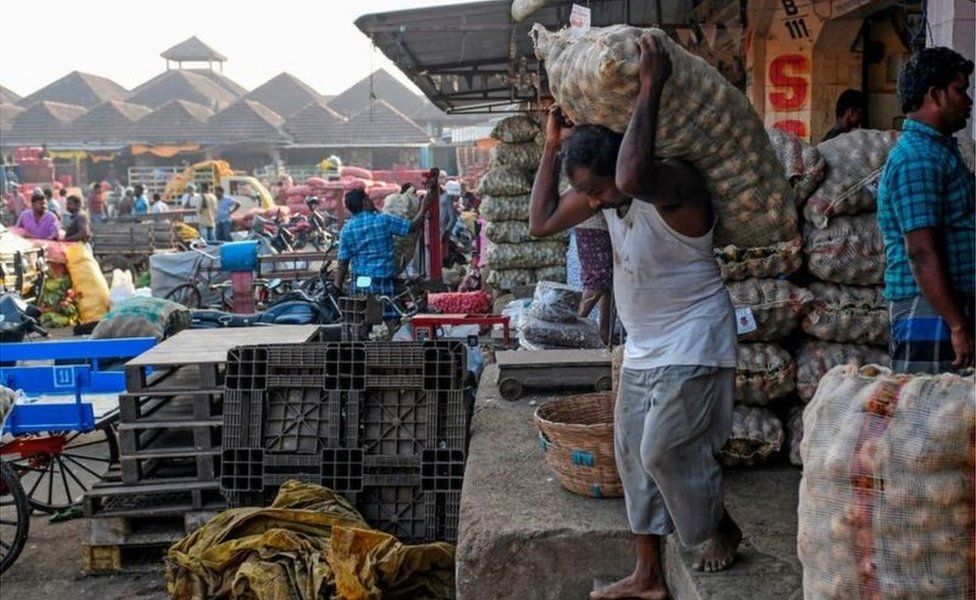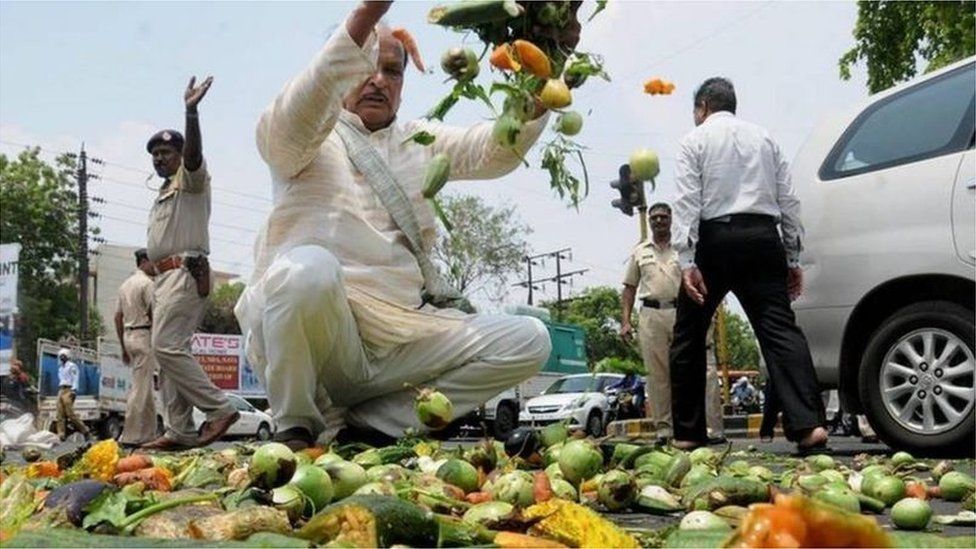

The central government passed three bills in September 2020. These bills were meant to reform Indian Agriculture by loosening the grip of the state procurement system, among other things. The system as it existed earlier, allowed farmers to sell their crops only through the Agricultural Produce Market Committee(APMC) mandis. A mandi is a marketplace for agricultural commodities. The APMC operates the wholesale market for agricultural commodities.
The farmers want these laws to be repealed. The reform package was designed to institute a framework for contract farming, eliminate the Centre's powers to impose limits on stocks held, and allow the trade of farm output outside the APMC mandis. Effectively, it ends the monopoly of the APMC by opening up the sector to various new buyers. By virtue of this reform, farmers have a wider choice of buyers for their produce, this enabling them to strike a better bargain.
Many farmers fear that that the system that guarantees a minimum price for their crops will eventually fade away, leaving them vulnerable to the big and powerful corporate buyers. The government has declared that the system of procurement at the minimum support price will not be dismantled in favour of market forces.
While the MSP covers 23 crops, the state procures primarily wheat and rice largely from farmers in Punjab and Haryana. The harvest of rice and wheat from farmers in other states is picked up by private players.
The government's rationale for this reform is that the APMC networks are inefficient and prone to corruption. The agents operating in these mandis take almost a third of the final price, as their share. In the redesigned framework, rivalry among buyers for the best crop could raise levels of quality, push up realization for farmers and attract investment. The system of MSP distorts crop patterns by inducing farmers to grow what they are paid for, rather than what's in demand. Farmers divert their resources excessively towards paddy. Cultivation of paddy consumes enormous water which is a scare resource in many parts of the country. Many crops rich in protein do not get the same acreage as paddy and wheat.
Farmers have historically suffered from high input costs and low earnings. The protests largely stem from a lack of trust in the intent of the government. Successive rounds of talks between the farmers and the government have only led to a stalemate.
More than half of Indians work on farms, but farming accounts for barely a sixth of the country's GDP. Declining productivity and lack of modernization have stymied progress. The majority of farmers are marginal in size as plot sizes shrink and incomes drop. 68% of farmers own less than one hectare of land. Only 6% of them receive guaranteed price support for their crops, and 90% of the farmers sell their produce in the market. The experience with contract farming in India has been patchy, working only for a few commodities in some geographies.

Who will blink first? The government or the farmers? Only time will tell.